This page is also available in French
![]()
It was during his second visit to London, in 1851, that Berlioz first attended a musical performance in St Paul’s. By chance he was able to hear a Charity Children annual performance given there by a chorus of 6500 children; the overwhelming impact of this occasion inspired him to include a part for children’s voices in his Te Deum, which he had written earlier, in 1848-9.
He wrote an article about his experience of the event for the Journal des Débats which appeared on 20 June 1851; he mentions it in a letter to his sister Adèle from around that time (Correspondance générale no. 1417, hereafter abbreviated to CG; cf. also CG no. 1416):
[…] I will not tell you anything about the striking and interesting things I see here, as you can find out by reading my letters in the Journal des Débats. I believe the first appeared on 31 May. I recommend you to keep an eye for the second which has not yet been printed (unless it appeared today in Paris). It will certainly interest you. I relate there the extraordinary ceremony I witnessed in St Paul’s cathedral and the prodigious impact of a chorus of six thousand five hundred children I heard. I have never seen or heard anything as moving in its immense grandeur than this gathering of poor children singing, arranged in a colossal amphitheatre. Read it. […]
On 21st June 1851 he also wrote to his friend Joseph D’Ortigue, again recommending him to read the article (CG no. 1419):
[…] I relate there the incomparable experience I had recently in St Paul’s Cathedral on hearing a chorus of six thousand five hundred children from the charity schools, who assemble there every year. It is without comparison the most imposing, the most Babylonian ceremony I have ever witnessed to this day. I am still moved as I write to you. Here is the realisation of part of my musical dreams, and the proof that the power of musical masses is still completely unknown. No one on the continent has any idea of this, any more than the Chinese have any idea of music.
In this connection, have also a look at my article of 31st May, where you will find a report on my visit to the Chinese Singer and her music teacher. You will see what must be thought of these mad inventions of some learned theorists on so-called music written with quarter-tones. There is nothing as silly as the learned. […]
The following year (1852) Berlioz incorporated these Débats articles in his Les Soirées de l’Orchestre (21st evening).
![]()
The present building, which is the one Berlioz knew, was designed by Sir Christopher Wren and built between 1675 and 1710, replacing Old St Paul’s, which had been completely destroyed in the Great Fire of London in 1666. Old St Paul’s itself was a replacement of the first St Paul’s, which had been built in 604 and burned down in 1087.
All the modern photos reproduced on this page were taken by Michel Austin in 2002; other pictures have been scanned from engravings, prints, books and memorabilia in our collection. © Monir Tayeb and Michel Austin. All rights of reproduction reserved.
![]()
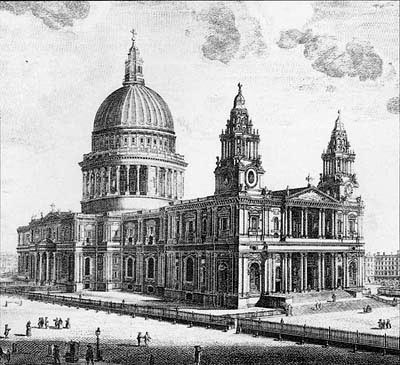
A copy of the above engraving is in the Museum of London.
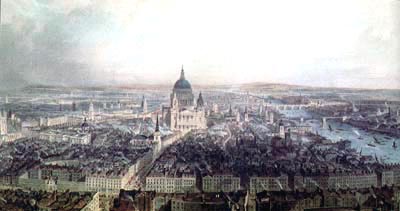
The original copy of the above painting is in the Museum of London.
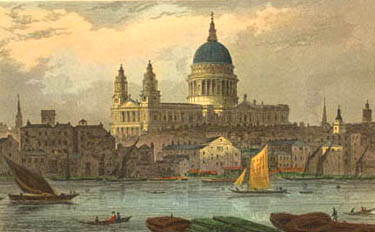
This Victorian print dates from 1825-1840; it was drawn by Thomas Hosmer Shepherd and engraved by J. Tingle.
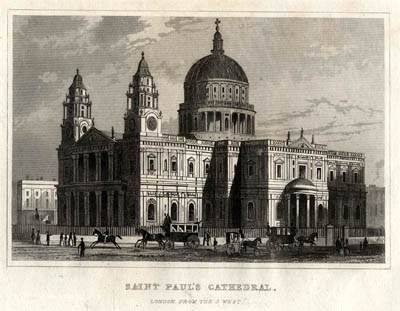
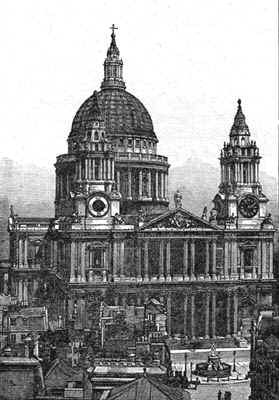
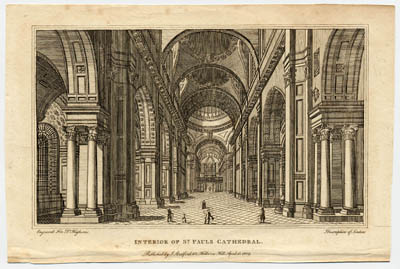

The above engraving is by G. R. Roberts.
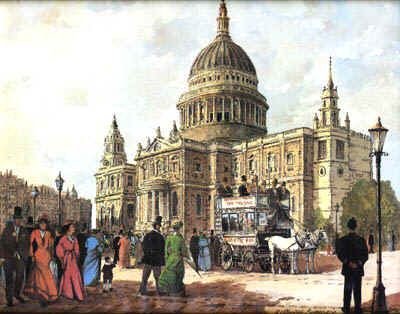
This fine print is a reproduction of the original painting by R. Standish Sweeney.
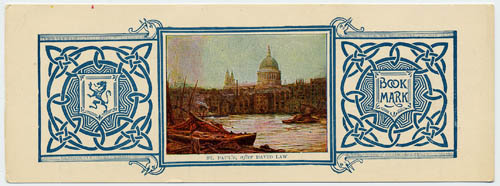
This bookmark is dated c. 1900.
![]()
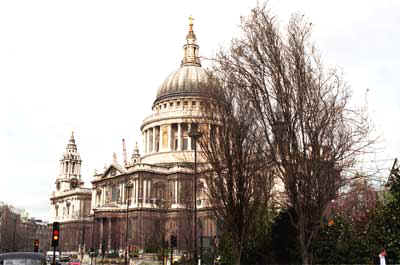
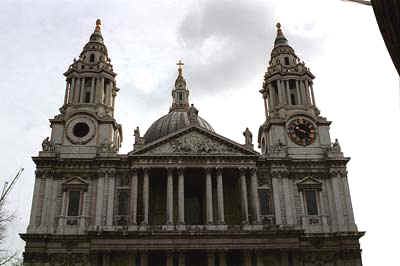

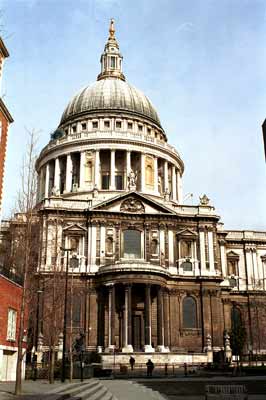
![]()
© (unless otherwise stated) Monir Tayeb and Michel Austin for all the pictures and information on this page.
Copyright notice: The texts, photos, images and musical scores on all pages of this site are covered by UK Law and International Law. All rights of publication or reproduction of this material in any form, including Web page use, are reserved. Their use without our explicit permission is illegal.